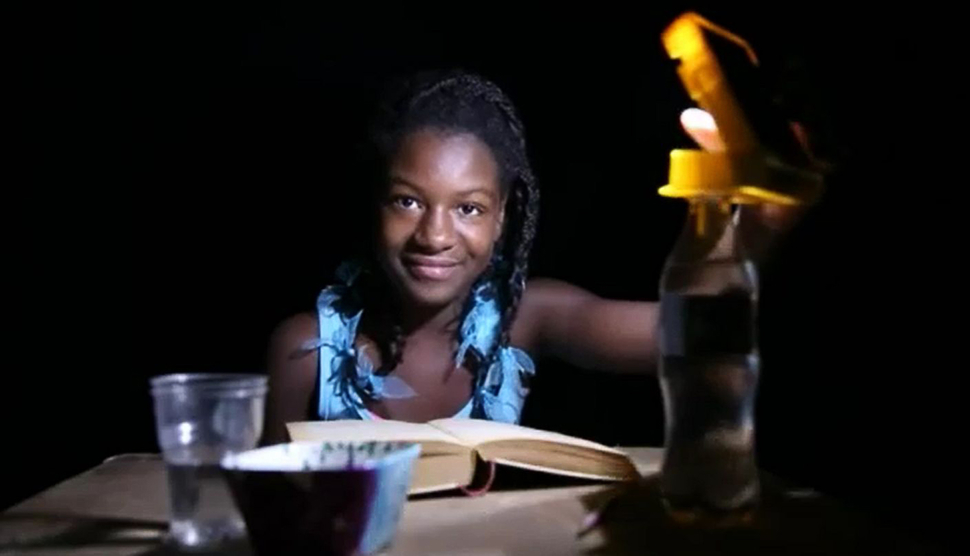We as the Dutch population belong to the top 10 percent wealthiest of the world population. We educate our youth to become citizens of this society by schooling them as good as possible and teaching them to come up with innovative ideas and products. We have a lot of knowledge in all different kind of fields because we always try to push the limits in our designs and often this leads to very good ideas and products, for us the top 10 percent. Sometimes we even come up with products we didn’t even know we needed them, and can’t do without them after a few years. What if we use all this knowledge and look at what the bottom 10 percent of the world population needs.
This is where the founders of the Wakawaka come in to play. After winning an LED technology contest in South Africa the founders discovered that there is a desperate need in off-grid electricity. The effects on the 1.2 billion people in the world living without proper access to electricity and light are devastating and result in a low living standard. This lack of electricity leads to large scale use of inefficient kerosene lamps as a light source, which are very dangerous for the health and safety of these people and because of its bad efficiency very bad for the environment.
The Wakawaka founders realized they could do something about this problem and used the knowledge they gained in the Netherlands and started to develop a robust, efficient, solar powered LED lamp affordable for people living in poverty. After 6 months and a successful crowd funding campaign the first efficient solar powered LED came on the market. The lamp has a very practical design and is able to provide 150 hours of light with just one day of charging. It is declared to be two times more efficient than any other solar powered lamp on the market.
Wakawaka isn’t only revolutionary in the design of the lamp, but also the business model that is being used. This is an impact based model, with as main goal to fight electricity and light poverty in a sustainable way. All the profit that is being made by selling the Wakawakas to people who can afford them, is used to provide the 10 percent less wealthiest people in the world with light and a little bit of power.
It will not wonder you the little lamp very soon caught the attention of all sorts of companies, NGO’s and governments. It won all kinds of innovation awards all over the world. Therefor this is an excellent example of how two people who see a big problem with large values can translate this to design requirements, and eventually contribute to solving these major world problems.
I would like to invite the rest of the 10 percent wealthiest people in the world and use and combine our knowledge not to make the biggest, fastest or highest innovative product but a take a lesson out of the Wakawaka. Let’s look down with each other instead of up, and together create something with the most impact.
